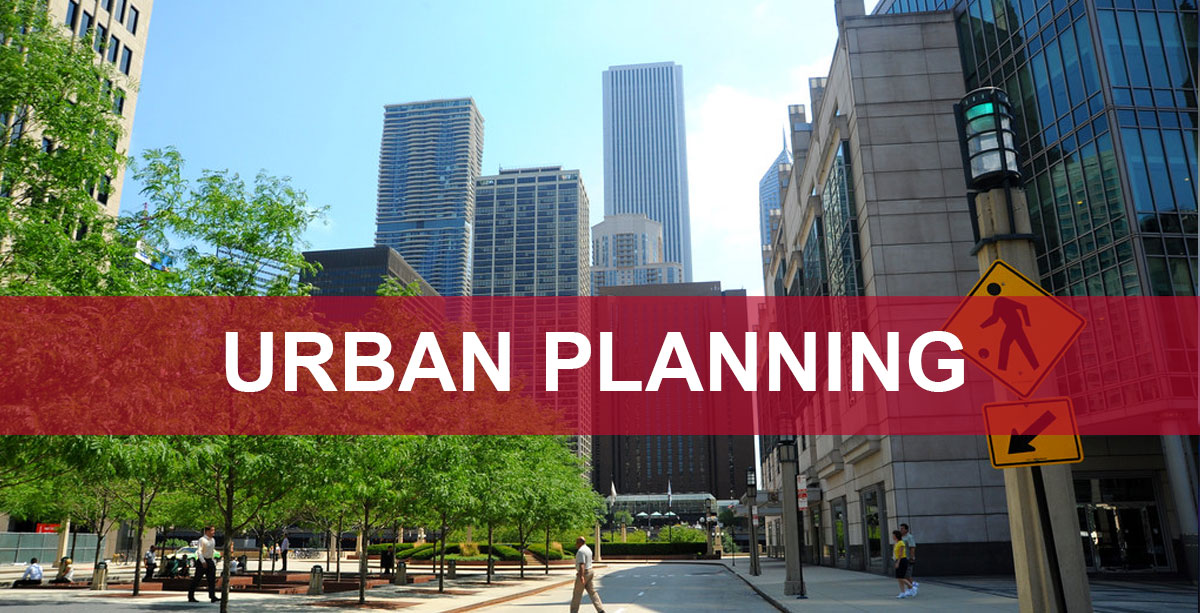The standard for growth has always been for cities to grow, but what if your city is really contracting?
How should unoccupied land be handled? Cities all throughout the world are utilizing open spaces in a variety of ways, from bicycle lanes to urban gardens to new businesses.
Urban planners are responsible for guiding the growth of cities and towns. Urban planners are another name for city planners. Some urban planners provide organizations and neighborhood associations advice on how to expand and improve their towns.
However, most cities require expansion. Urban regions' populations are dwindling. In 14 of the 15 major metropolitan areas, the U.S. Bureau of the Census found that population growth has slowed down in 2010. Urban planners are now more concerned with what should be done with vacant city property left behind when firms or people migrate than with planning for future expansion.
In the United States, urban planning started in the late 19th century. At that time, cities were congested and unclean. Diseases like cholera, yellow fever, typhoid, and influenza spread quickly. At the time, city planners believed isolating residents from industrial pollutants and offensive odors would improve their health. Cities developed rules known as zoning ordinances to keep people, companies, and industries separate.
Nowadays, if individuals wish to travel farther for shopping or other purposes, they use vehicles. High reliance on automobiles throughout the 1920s resulted in heavy traffic and air pollution. Walking to a store or a mall made running errands a regular chore exceedingly difficult. Trotter asserts that parks and rivers must be clean and open to the public in addition to enhancing housing and transportation. "We are preparing Gary for stabilization, not development. We aim to improve the downtown area and draw in additional companies.



